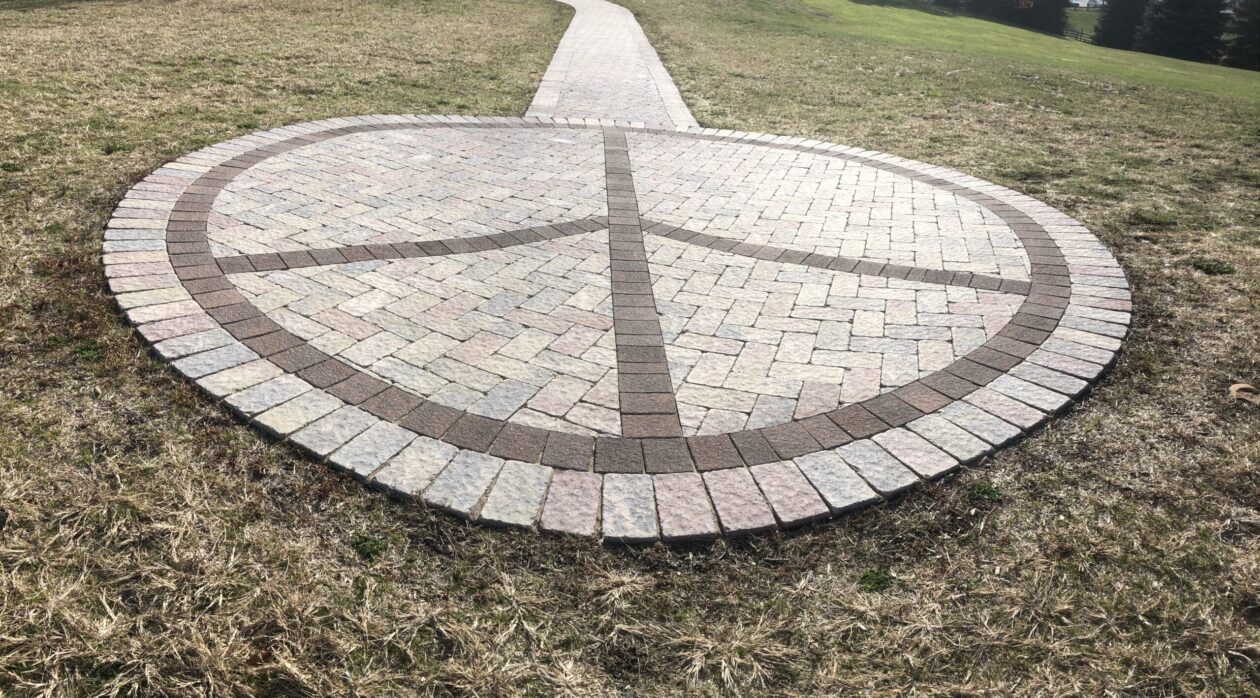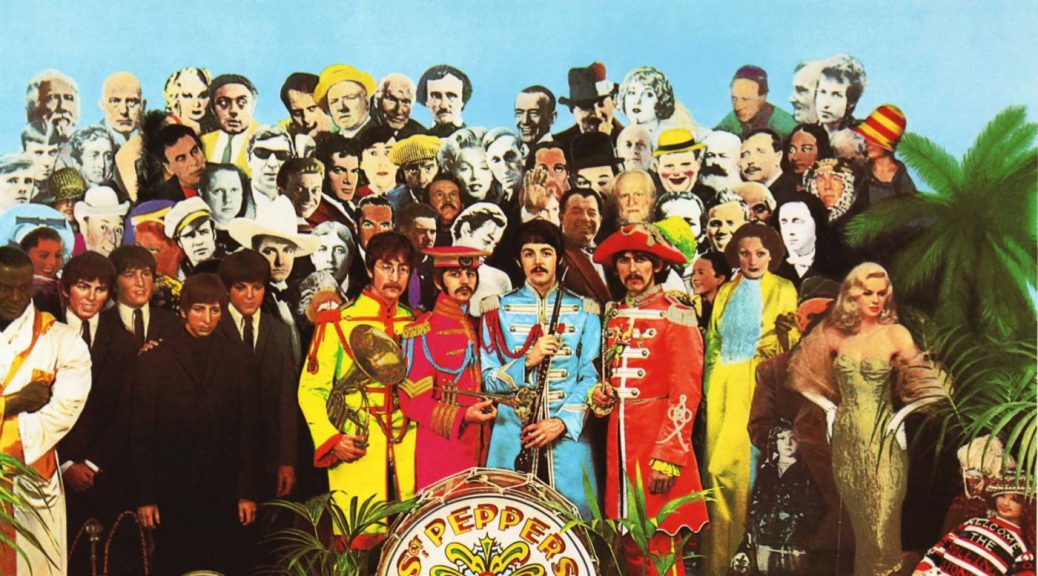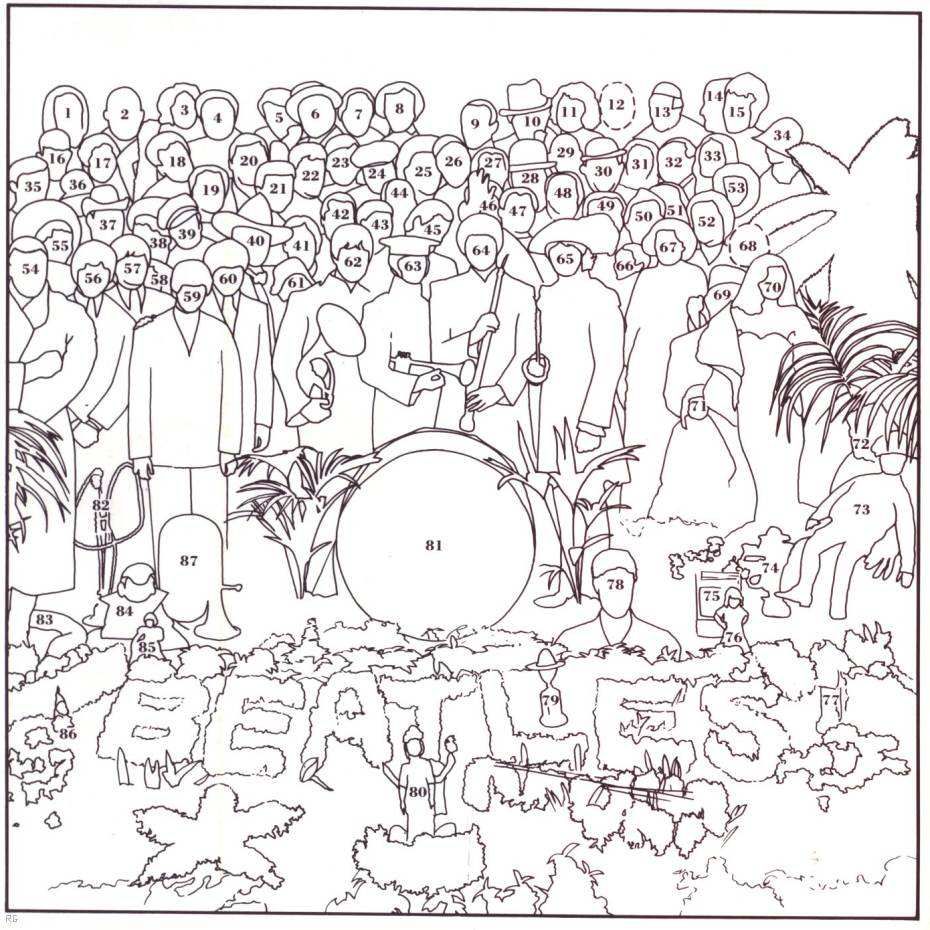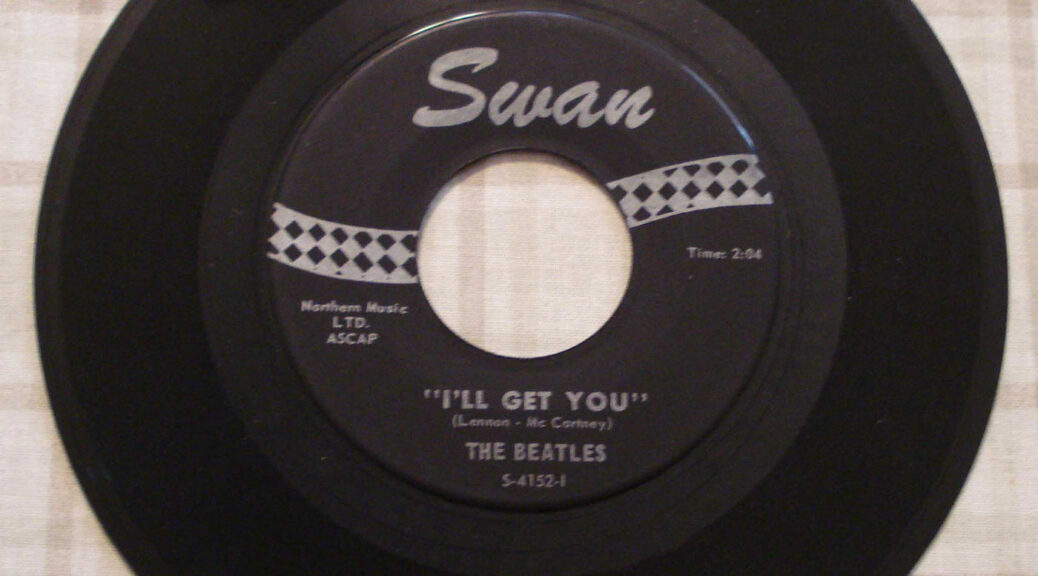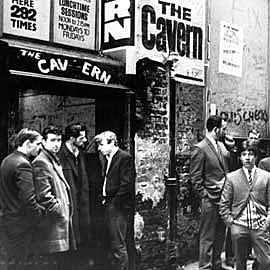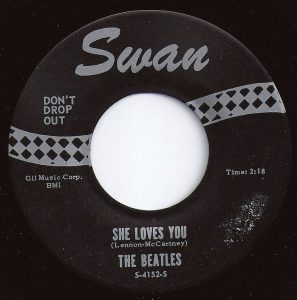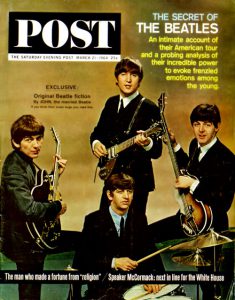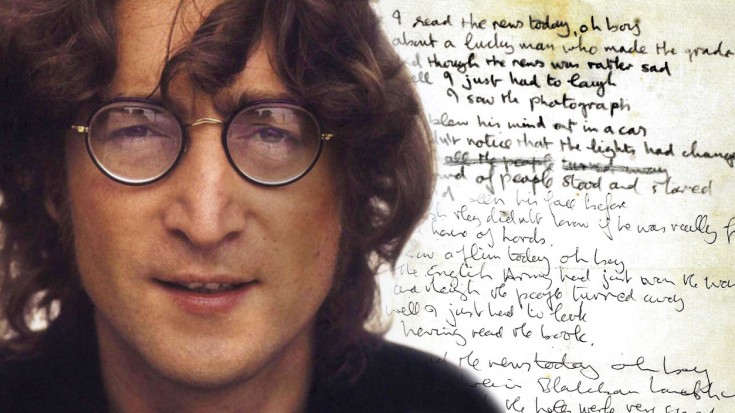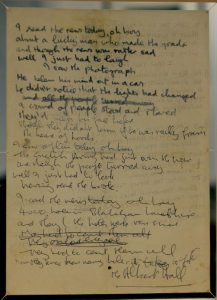Sgt Pepper Photo Shoot
1967 had already been a busy year for the Beatles before March 30. As you can see below, working on Sgt Pepper’s Lonely Hearts Club Band dominated their January days. Some recordings would not appear on Pepper’s (“Penny Lane”).
Though no MTV was around, the studio-dedicated Beatles had already gotten into going outside to do short films with some of their songs. A compromise for fans who could not see them perform. In January they did a short for “Strawberry Fields Forever” in Knole Park. Here’s a piece of that short.
There was also a proposed movie in the works. Paul and Ringo went to see some guy Jimi Hendrix.
Sgt Pepper Photo Shoot
January 1967
|
Sgt Pepper Photo Shoot
February 1967
No Hendrix in February. They did go back outside to film a short for “Penny Lane” in Knole Park again as well as near Angel Lane in Stratford, London.
They recorded another song that would not be on Sgt Pepper’s, “Only a Northern Song,” . And while we have memorized the album’s song order, it would be a mistake to think that they recorded it in that order.
|
Sgt Pepper Cover Photo Shoot
March 1967
March meant more recording and of course their new album needed a cover. And what a cover. Suffice to say that having lyrics on the back, a gatefold sleeve with their huge pictures in the middle, and an insert to cut out props would have been plenty, but the front cover. Oh that front cover!
|
Ironically, they had “With a Little Help From My Friends” on their evening schedule, but before that they had a late afternoon appointment at Michael Cooper’s London photo studio to take that cover shot.
Sgt Pepper Cover Photo Shoot
Group effort
Once they settled on the concept of the Beatles being surround by various personages, each of them contributed a list of names. John’s suggestions of Hitler and Jesus (see John Lennon Opines) were crossed off. EMI scratched off Ghandi because it would cause problems with sales in India.
Artists Peter Blake and Jann Haworth designed the cover from an ink drawing Paul had done. Robert Fraser was the art director. Blake and Haworth also designed the inside cardboard cutouts.
The final cost for the cover art was nearly £3,000, an extravagant sum for a time when album covers would typically cost around £50. For their work on Sgt. Pepper, Blake and Haworth won the 1968 Grammy Award for Best Album Cover, Graphic Arts.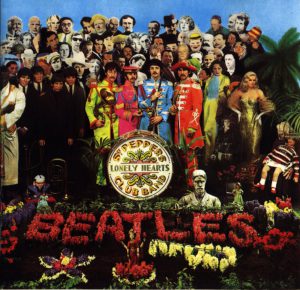
So who’s who?
| 1. Sri Yukteswar (Indian Guru) 2. Aleister Crowley (black magician) 3. Mae West 4. Lenny Bruce 5. Karlheinz Stockhausen (German composer) 6. W.C. Fields 7. Carl Jung (psychologist) 8. Edgar Allen Poe 9. Fred Astaire 10. Merkin (American artist) 12. Huntz Hall (Bowery Boy) 13. Simon Rodia (creater of Watts Towers) 14. Bob Dylan 15. Aubrey Beardsly (Victorian artist) 16. Sir Robert Peel (Police pioneer) 17. Aldous Huxley (philosopher) 18. Dylan Thomas (Welsh poet) 19. Terry Southern (author) 20. Dion (American pop singer)21. Tony Curtis 22. Wallace Berman (Los Angeles artist) 23. Tommy Handley (wartime comedian) 24. Marilyn Monroe 25. William Burroughs (author) 26. Mahavatar Babaji (Indian Guru) 27. Stan Laurel 28. Richard Lindner (New York artist) 29. Oliver Hardy 30. Karl Marx 31. H.G. Wells 32. Paramhansa Yogananda (Indian Guru) 33. Stuart Sutcliffe 35. Max Muller 37. Marlon Brando 38. Tom Mix (cowboy film star) 39. Oscar Wilde 40. Tyrone Power41. Larry Bell (modern painter) 42. Dr. Livingstone 43. Johnny Weissmuller (Tarzan) 44. Stephen Crane (American writer) 45. Issy Bonn (comedian) 46. George Bernard Shaw 47. Albert Stubbins (Liverpool footballer) 49. Lahiri Mahasaya (Indian Guru) 50. Lewis Carol 51. Sonny Liston (boxer) 52 – 55. The Beatles (in wax) 57. Marlene Dietrich 58. Diana Dors 59. Shirley Temple 60. Bobby Breen (singing prodigy) 61. T.E. Lawrence (Lawrence of Arabia) |
- Cover site with pictures
- Beatles Bible site
Sgt Pepper Photo Shoot
Sgt Pepper Photo Shoot, Sgt Pepper Photo Shoot, Sgt Pepper Photo Shoot, Sgt Pepper Photo Shoot, Sgt Pepper Photo Shoot, Sgt Pepper Photo Shoot, Sgt Pepper Photo Shoot, Sgt Pepper Photo Shoot, Sgt Pepper Photo Shoot, Sgt Pepper Photo Shoot, Sgt Pepper Photo Shoot, Sgt Pepper Photo Shoot,
